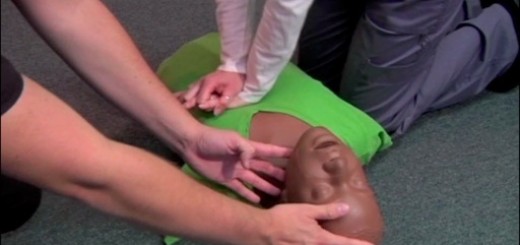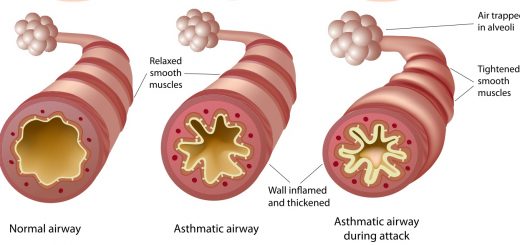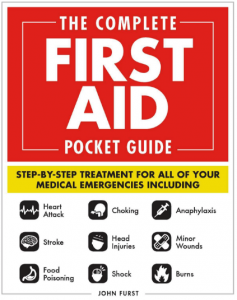What is VF, VT and asystole?
A cardiac arrest occurs when the heart goes into an electrical rhythm that prevents effective pumping of blood around the body.
VF, VT and asystole are three common rhythms that occur in a cardiac arrest.
Ventricular Fibrillation (VF)
Ventricular Fibrillation, commonly called VF (or V-Fib), is an immediately life-threatening condition. It produces no effective myocardial contraction. The uncoordinated ventricular muscle quivers, therefore there is no effective cardiac output. Left untreated VF invariably leads to ventricular standstill and death.
The treatment for VF is defibrillation, this attempts to clear the disorganised electrical activity and restart effective heart pumping.
Ventricular Tachycardia (VT)
Ventricular Tachycardia (VT) is defined as three or more Premature Ventricular Contractions (PVC’s) in a row, with a rate above 100bpm. VT is an unstable rhythm. It can occur in short bursts causing few or no symptoms. Alternatively, it may be sustained, becoming symptomatic and causing unconsciousness, loss of cardiac output and death. Treatment depends on the presence or absence of a pulse.
Asystole
Asystole is the absence of myocardial electrical activity and therefore produces no cardiac output. The patient is pulseless and non-responsive. Rapid initiation of CPR is vital as defibrillation is not an effective treatment for asystole






Very educational. I’m enjoying the usefulness of the information